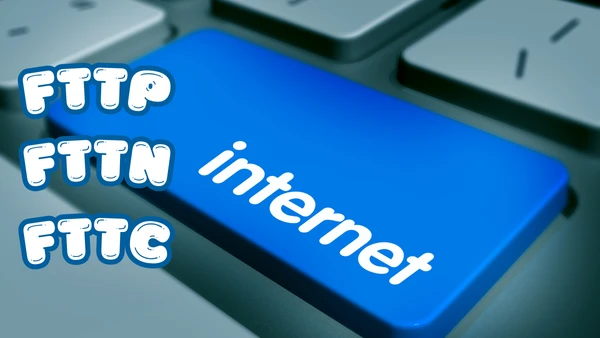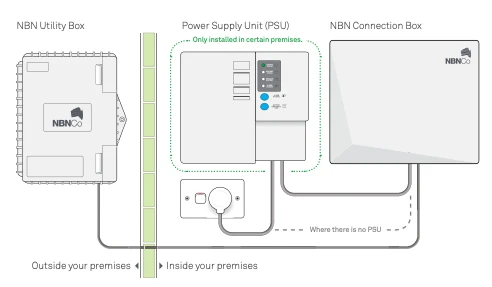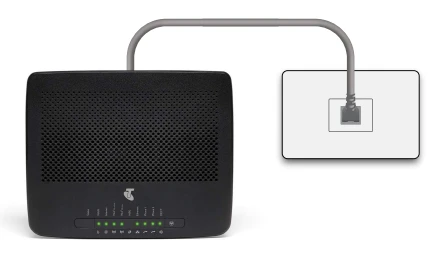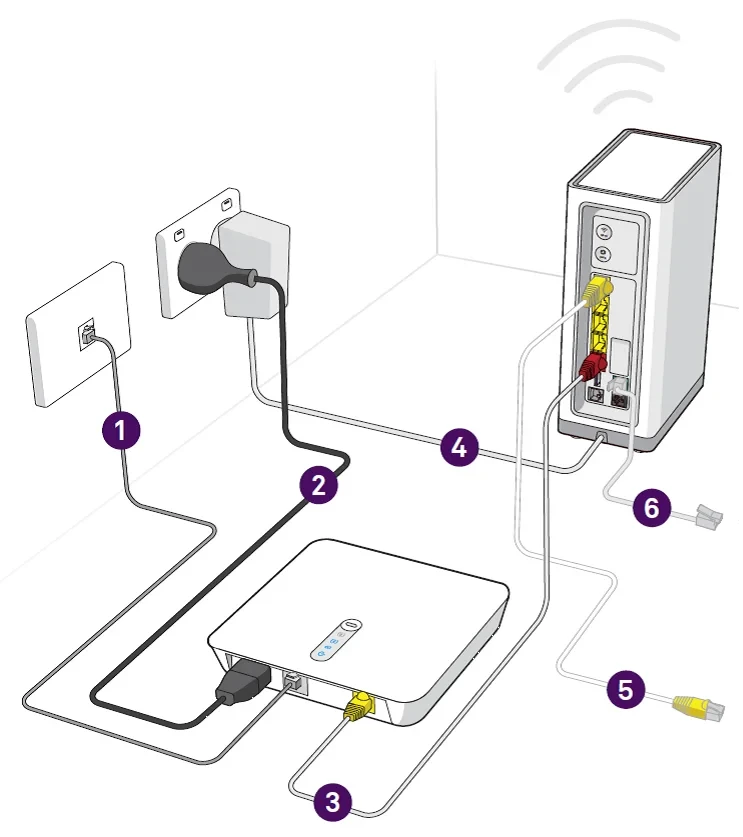
When it comes to choosing an internet connection, you might come across terms like FTTP, FTTN, and FTTC. These acronyms represent different types of broadband connections, but what do they actually mean?
Let’s break them down in an easy-to-understand way.
What is FTTP?
FTTP stands for Fiber to the Premises.
- How it works: With FTTP, fiber-optic cables run directly from the internet provider to your home or business. This means you get a super-fast, reliable internet connection with minimal interference.
- Benefits: FTTP offers the highest internet speeds available, making it ideal for activities like streaming in 4K, online gaming, or working from home with multiple devices.
In short: FTTP is the gold standard for internet connections because it provides the fastest and most reliable service directly to your doorstep.

What is FTTN?
FTTN stands for Fiber to the Node.
- How it works: With FTTN, fiber-optic cables run to a central point, or “node,” in your neighborhood. From the node, the connection continues to your home using existing copper telephone lines.
- Benefits: FTTN is more widely available and usually less expensive than FTTP. It still provides decent speeds for everyday internet use, but it’s not as fast or reliable as FTTP.
In short: FTTN is a more common type of connection that offers good speeds by combining fiber and copper, but it’s not as fast as FTTP.

What is FTTC?
FTTC stands for Fiber to the Curb (or Cabinet).
- How it works: FTTC is a hybrid between FTTP and FTTN. Fiber-optic cables run to a small distribution point near your home, often just outside on the street (the curb). From there, the connection continues to your home using copper wires.
- Benefits: FTTC offers faster speeds than FTTN and is generally more reliable because the fiber runs closer to your home. It’s a good middle-ground option between FTTP and FTTN.
In short: FTTC provides faster speeds than FTTN by bringing the fiber closer to your home, offering a solid balance between speed and availability.

Which One Should You Choose?
- If speed and reliability are your top priorities: Go for FTTP if it’s available in your area.
- If you need a more budget-friendly option: FTTN might be the right choice, though it comes with some speed limitations.
- If you’re looking for a balance between cost and speed: FTTC offers a good compromise with decent speeds and reliability.
Conclusion
Understanding FTTP, FTTN, and FTTC is important when choosing an internet connection that best fits your needs. Whether you’re streaming movies, working from home, or just browsing the web, knowing the difference can help you make an informed decision.
Leave a Reply Cancel reply
You must be logged in to post a comment.

